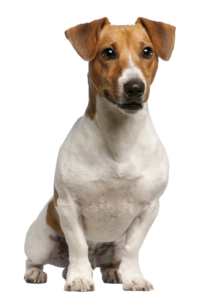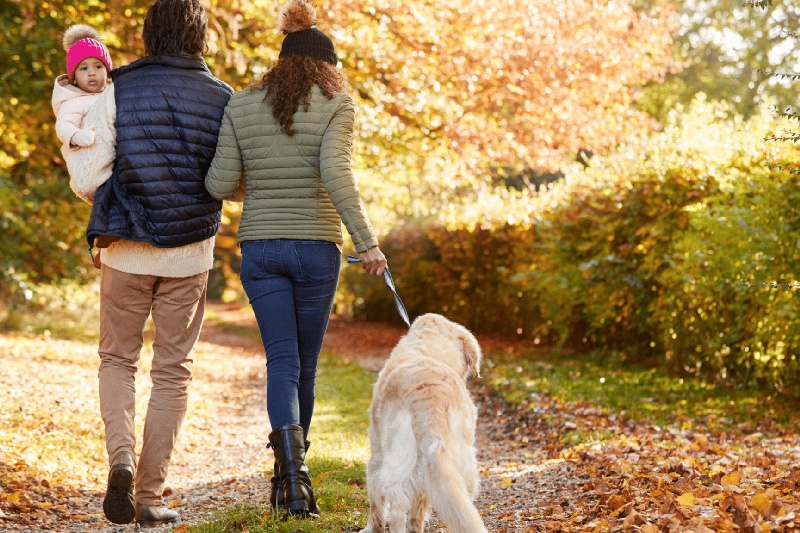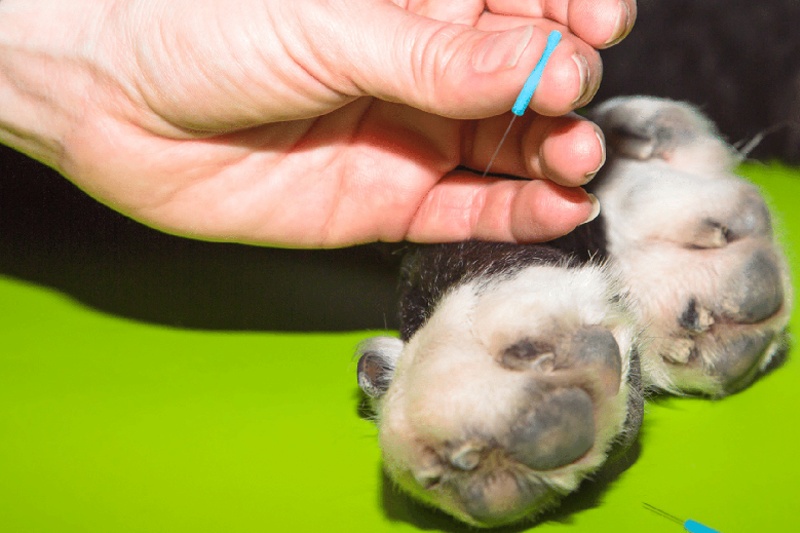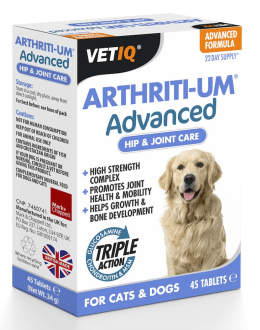Ageing is inevitable in the circle of life – and our canine companions are no exception to this rule. As hard as it may be to watch our best furry friends begin to slow down with age, it is a reality many pet owners have to face.
One particularly common reason for this change of pace is the weakening of hind legs, which is seen regularly in older dogs. It may be something that occurs all of a sudden, or perhaps it’s an issue that has gradually worsened over time. It might be noticeable in the smaller movements when a lot of extra effort is suddenly put into standing up or even walking. Or maybe it has become apparent through a more serious incident, such as a collapse.
In this article, we take a look at the major signs and symptoms to look out for, the main reasons why your dog’s hind legs may be weakening, what you can do to strengthen them and as a result, drastically improve their quality of life.
Why are my dog’s hind legs weakening?
While the weakening of a dog’s hind legs is not uncommon as they enter their golden years, it’s important to note that the root cause should be identified as a matter of priority.
It is vital that you don’t simply put it down to a natural phase in the ageing process. Ensure that you seek immediate professional attention to avoid a deterioration of the problem and to address any pain your dog may be experiencing.
Here are just some of the reasons why your pet may be experiencing issues with their back leg strength:
- Arthritis – a common cause of hind leg weakening, this condition causes deterioration of the cartilage that can lead to pain and inflammation. It can also lead to lethargy and a general reluctance to play and engage in active behaviour. It tends to be a more regular occurrence in overweight dogs and larger breeds.
- Hip Dysplasia – a chronic condition that forms when the ball and socket of the hip joint rub together, leading to a loss of cartilage and a general loosening of the joint.
- Muscle Atrophy – this causes loss of muscle mass due to lack of activity as a result of pain or illness. While symptoms such as dragging the feet may be apparent, they will also cause physical changes like a shrunken hind end.
- Degenerative Myelopathy – this condition of the nervous system causes weakness of the hind legs through muscle loss, leading to eventual paralysis. While there is currently no available treatment, regular physical therapy can have a hugely positive effect on your dog’s quality of life.
- Intervertebral Disc Disease – sudden mobility loss will be a key indicator of this issue, which is caused by a slipped disc. It’s vital to seek medical attention as quickly as possible if you suspect intervertebral disc disease, as if untreated it could lead to more serious conditions such as herniated discs or even paralysis.
What are the main signs and symptoms of hind leg deterioration?
Many of the above conditions have similar symptoms, so it can be difficult to distinguish what the core problem is without medical intervention. This is why it is so important to consult a vet at the earliest possible point.
Pick up the phone if your dog begins to display any of the following behaviours:
- Tremors of the hind leg
- Swaying of the hind end
- Showing difficulty getting into a standing position from lying or sitting down
- Inability to walk or difficulty walking
- Unable to climb stairs
- A sudden reluctance to go for a walk or play
- Stumbling and loss of coordination
- Loss of muscle mass
- A general decrease in walking speed
- Collapse
Top tips for strengthening your older dog’s hind legs
Once you have gotten to the root cause of your pet’s discomfort, and perhaps been prescribed a course of treatment on the next steps, there are also several non-medical activities you can implement to help them regain some of the strength they have lost:
- Take your dog on regular, brief walks each day, as these short bursts of low-impact exercise will gradually rebuild their hind-leg strength.
- Take your dog swimming in a safe place to allow them to work their muscles gently and with less friction.
- A dog’s metabolism tends to slow down as they get older and excess weight can put even more pressure on weakening legs, so to avoid this, ensure your pet is enjoying a healthy and nutritious diet filled with lean, protein-rich foods.
- Giving your pet regular supplements that promote joint health and mobility, such as VetIQ Arthriti-UM Advanced, can provide ageing joints with additional nutritional support while combatting inflammation thanks to the presence of Omega-3 fatty acids.
- Repeating certain movements, such as passive range of motion (PROM) exercises and going from a sitting to a standing position several times a day, can greatly improve overall strength in the hind legs.
- Inflammation-reducing treatments, such as acupuncture and laser therapy, can be very beneficial in addressing limited mobility and reducing pain.
Alternative ways to alleviate discomfort
If your dog has passed the point of strengthening exercises, it may be time to consider alternative options that will offer them a more comfortable quality of life.
Mobility aids, such as a wheelchair, a rear lifting harness, or a hip brace, can give your dog a certain level of freedom that will help them continue to enjoy an active lifestyle as we move into the longer, warmer summer months.
Another helpful tip is to place your dog’s food and water in a raised feeder, permitting them to chow down on their favourite meals without a side helping of pain and discomfort.
By making simple adjustments to your older dog’s regular routine and putting measures in place to alleviate the pressure and pain on their bones and joints, you are enabling your beloved pet to experience all of the things they love about life – albeit in a slightly modified way.







